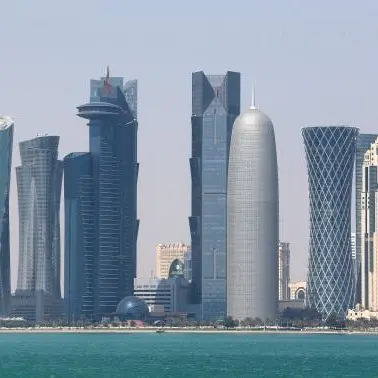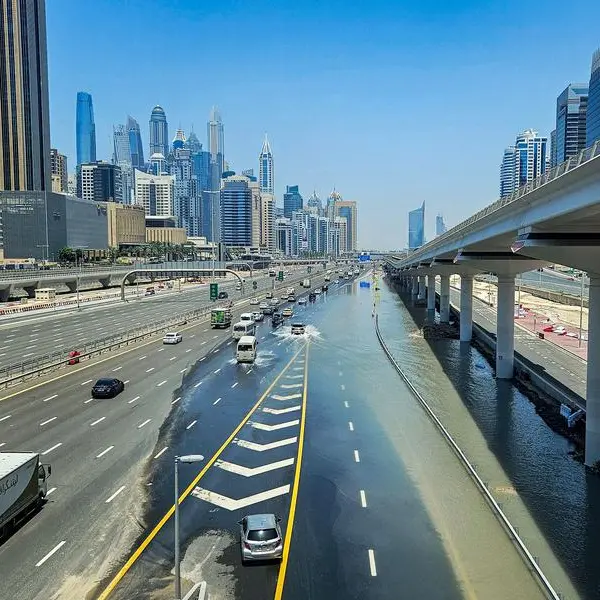PHOTO
ABU DHABI, 23rd January, 2017 (WAM) -- The year 2016 represented a major turning point for the Indian economy in terms of national GDP and its global economic ranking.
While the country is celebrating this month the 68th anniversary of Republic Day, it is now ranked as the world's sixth largest economy. In October, the International Monetary Fund expected Indias GDP to increase by 7.6 percent during 2017. The United Nations Economic and Social Commission for Asia and the Pacific, ESCAP, forecast a more optimistic increase of 8.2 percent, the highest prediction from an international monetary organisation. Until recently, Indian economy was mainly dependent on the agriculture sector, but this sector has decreased to 25 percent of the GDP. In recent years the software industry has made India the worlds largest trader of software technology, amounting to a total of US$17.2 billion. The Indian economy also occupies the tenth place globally in terms of currency exchange. India's major export products include agricultural products, textiles, precious stones, jewellery, technological services, chemical products and leather, as well as crude oil and fertilisers. With the transition to a free market economy and the rise of the technology sector, the software industry has emerged, along with the technology service sector, to play a crucial role in generating the required capital to finance important infrastructural developments over the past five decades. According to the Centre for International Development at Harvard University, India is expected to achieve the highest rate of economic growth in the world over the next eight years, with an average annual growth rate of 7.9 percent until 2023. These exceptional forecasts should encourage foreign investors to enter the Indian market and take advantage of the high potential growth and new opportunities provided by the liberalisation of the economy.Copyright Emirates News Agency (WAM) 2017.












